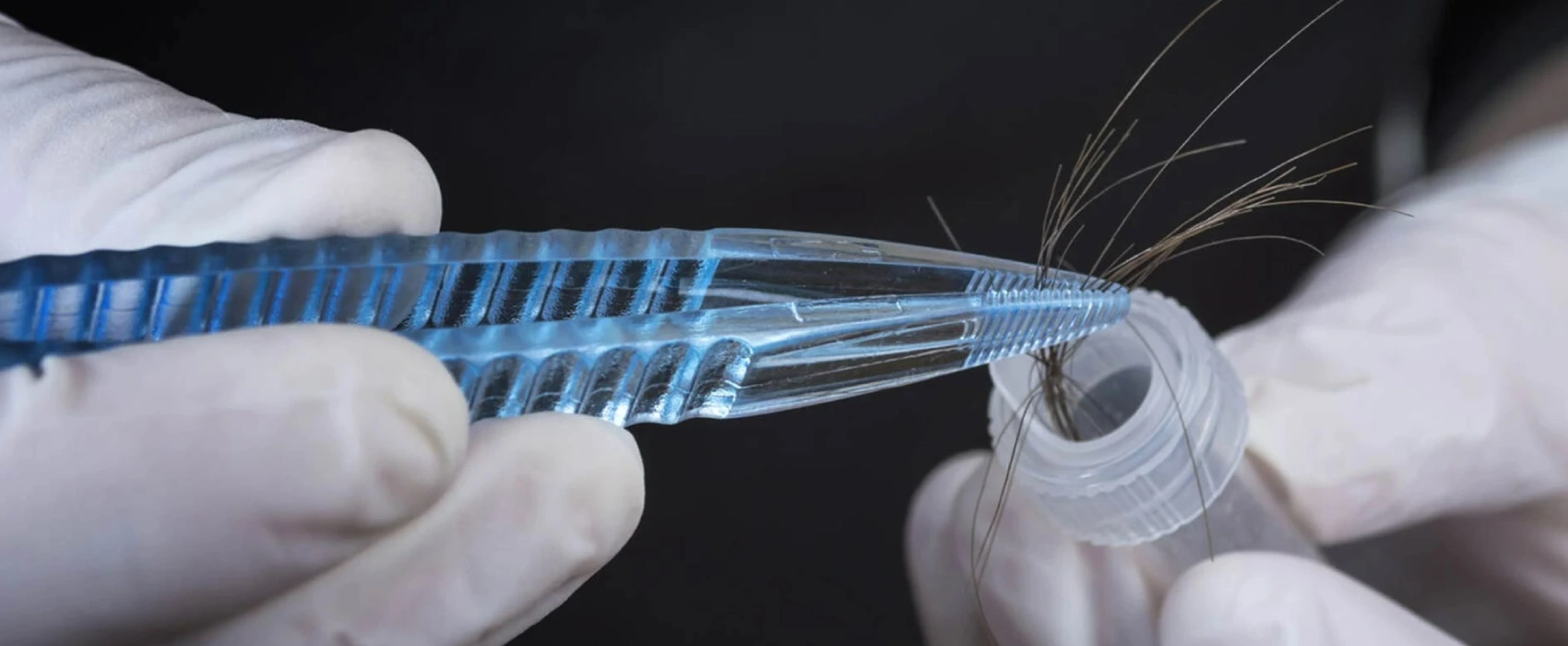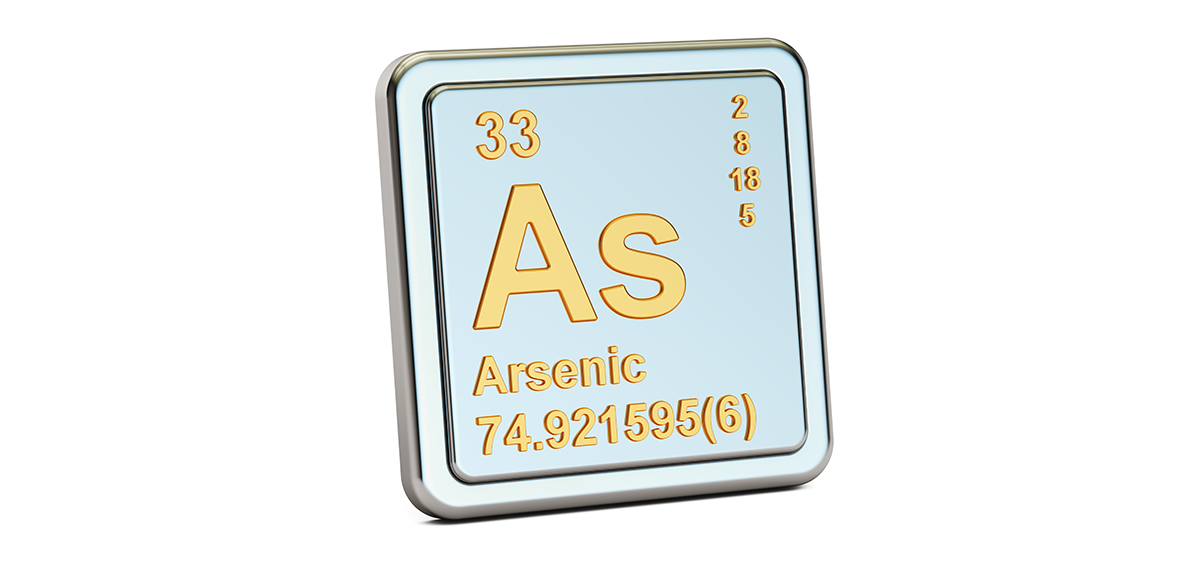Mediscan, in association with Source Certain, provides a reliable, accurate and affordable assessment of mineral and heavy metal status relevant to the Australian population.
Mediscan, in association with Source Certain, provides a reliable, accurate and affordable assessment of mineral and heavy metal status relevant to the Australian population.
Patient HTMA Order Form
Please complete the form below. You will need to make a payment when you complete the form.
Once your order form is complete and payment processed, you will receive an email with:
- Your Order and Reference number.
- Reply Paid details for free postage.
- Instructions for collecting a hair sample at home.
- To complete this test, you must supply ~2 TBSP of untreated hair. Avoid bleaching, dyeing, perming, or any chemical treatments for 5–6 weeks before collecting a hair sample so we can analyse new, untreated growth.
- Further instructions for addressing and mailing your hair sample to our lab.
Instructions for Gathering your Hair Sample
Ideally, the hair should not have been bleached/dyed for 5/6 weeks so that new untreated hair can be collected for analysis.
Within 24 hours before the hair collection, patients should wash their hair with a non-medicated shampoo, rinse thoroughly with water and allow hair to dry without using hair products.
Scalp hair should be cut using clean stainless-steel scissors.
The area for sampling is the nape of neck and the back of the head (between the ears).
Hair should be taken from four or five different locations, cutting as close as possible to the scalp. Hair must not be pulled out by the roots.
The length required is up to 5 cm from the scalp (new untreated growth). Cut and discard the hair over 5cm.
Collect about one matchbox/2 tablespoons full of hair combined from the various scalp locations.
Place the combined hair directly into a clean white envelope (no zip-lock bag required). Once the order form is completed, instructions for addressing the envelope will be supplied.
What can a hair mineral analysis tell you?
Assessing patients for toxic metals can be an important tool in getting to the origin of a chronic illness. Getting data on other mineral levels is important to practitioners also in determining your health status.
Our Latest Blogs
Arsenic Exposure: Risks, Symptoms, and Prevention
Arsenic is a naturally occurring element found in the earth’s crust, and it can be present in air, water, soil, and food.
The Hidden Dangers of Heavy Metals in Everyday Products
When we hear the term “heavy metals,” our minds often drift towards industrial pollution or the murky depths of chemical science.
The Role of Trace Minerals in Overall Health
When we think about nutrition, major minerals like calcium and potassium often come to mind.
Our Latest Blogs
Arsenic Exposure: Risks, Symptoms, and Prevention
Arsenic is a naturally occurring element found in the earth’s crust, and it can be present in air, water, soil, and food.
The Hidden Dangers of Heavy Metals in Everyday Products
When we hear the term “heavy metals,” our minds often drift towards industrial pollution or the murky depths of chemical science.
The Role of Trace Minerals in Overall Health
When we think about nutrition, major minerals like calcium and potassium often come to mind.
Our Latest Blogs
Arsenic Exposure: Risks, Symptoms, and Prevention
Arsenic is a naturally occurring element found in the earth’s crust, and it can be present in air, water, soil, and food.
The Hidden Dangers of Heavy Metals in Everyday Products
When we hear the term “heavy metals,” our minds often drift towards industrial pollution or the murky depths of chemical science.
The Role of Trace Minerals in Overall Health
When we think about nutrition, major minerals like calcium and potassium often come to mind.






